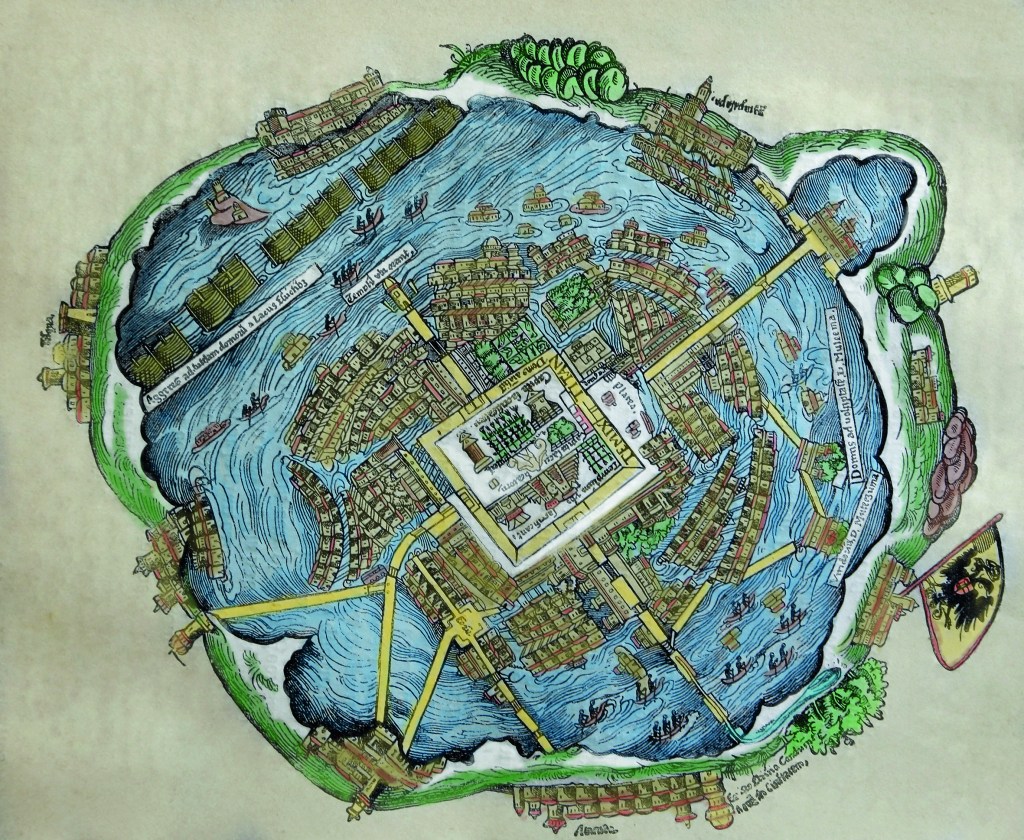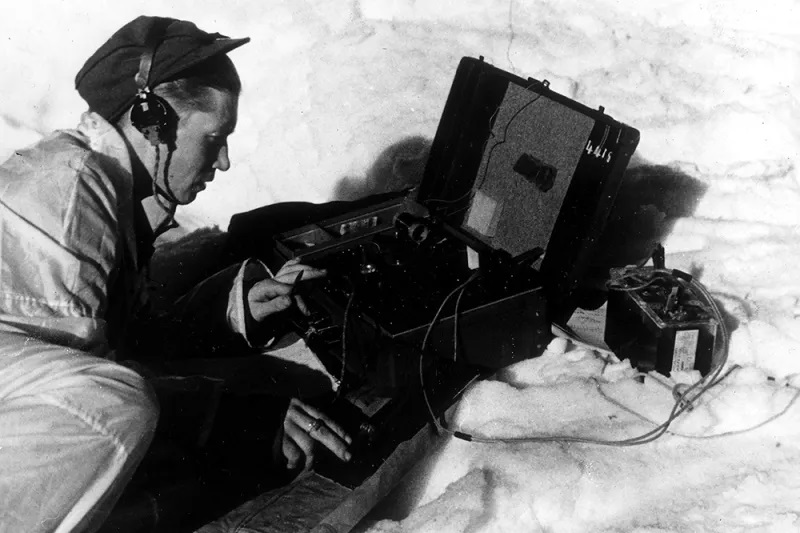Many books claim to describe junctures that changed the world, but few examine ones as consequential as Conquistadores. Hailed by the Romantics as courageous explorers, the Spanish conquerors are increasingly seen as violent and rapacious exploiters. That, says Fernando Cervantes, oversimplifies the complexities of the early modern period.
Cervantes, a Mexican historian, places the conquest of the Americas in Spain’s political context. In 1492, at great cost to the royal purse, Spain recovered Andalucía from the Moors. So when a charismatic Genoese navigator proposed to sail southwest in search of a new trade route to Asia, Ferdinand and Isabella approved. Columbus’s voyage was the first step to transforming a young nation into the greatest imperial power on Earth.
Over four expeditions, Columbus found Caribbean islands and some of the Central and South American mainland, laying the foundations for Spanish control. But it was up to the next generation of conquistadors to defeat the region’s great civilizations — the Mexica (Aztecs) and the Inca.
In June 1519, Hernán Cortés led an unauthorized campaign to central Mexico. Allying himself with local tribes, he observed their resentment of Moctezuma, the Mexican emperor. Moctezuma’s envoys bestowed lavish gifts on the conquistadors, but instead of placating them, the treasures strengthened their resolve to reach the imperial capital, Tenochtitlán (today’s Mexico City). Although neither Cortés nor Moctezuma fully trusted each other, the Spaniards and their indigenous allies arrived in Tenochtitlán accompanied by Moctezuma’s ambassadors. There the conquistadors found a cosmopolitan city larger than any in Europe.
The next stage of Spanish-Mexican interaction was characterized by misunderstanding. In November, a Spanish lieutenant on the coast was captured in a tribal battle. He was sacrificed, and his head sent to Moctezuma as a prize. Although the emperor apologized and claimed to have no responsibility, an incensed Cortés arrested Moctezuma in his own palace.
In May the following year, Cortés left for the coast to deal with Spaniards who contested his right to explore Mexico, taking with him his best interpreters. On the day of a festival, the conquistadors feared an Aztec attack. Cortés’s deputy Pedro de Alvarado ordered a massacre. His actions led to a 15-month military confrontation and the siege of Tenochtitlán. Assisted by their indigenous allies and an epidemic of smallpox (brought unwittingly from Europe by the conquistadors), they prevailed.
It was a similar tale in western South America with the Inca, whose empire was divided by a brutal war of succession and the threat of tribal uprisings. When Francisco Pizarro, the leader of the Spanish expedition, sent a friar to meet the Inca leader Atahualpa, he told him to convert to Christianity. Something was lost in translation and a book, possibly a Bible, fell to the floor. In anger, the Spanish abandoned diplomacy and killed thousands, seizing Atahualpa. Pizarro had him executed.
Despite a brutal Inca fightback, the Spanish took the capital Cuzco and asserted control over Peru. A rebellion among the conquistadors led to a suitably gory death for Pizarro: ‘stabbed repeatedly and viciously, slipping in a pool of his own blood’.
One reason Cervantes gives for today’s jaundiced view of the conquistadors is the testimony of the friar Bartolomé de Las Casas, whose accounts were ‘purposefully exaggerated’ to shock Spain’s Habsburg ruler, the Holy Roman Emperor Charles V. His influence was significant. In the 1540s, an appalled Charles placed missionaries, not conquistadors, in control of exploration.
Cervantes tries to balance academic rigor and a narrative for the general reader. Largely he succeeds, although occasionally the book feels written for the in-crowd — for whom Nebrija and Vives need no introduction. Elsewhere, attempts to popularize result in cliché: ‘The market of Tlatelolco left Cortés reaching for superlatives.’ Also jarring is the author’s tendency to present a version of events and then, just when you’ve understood them, explain that they’re incorrect. After describing Moctezuma’s divination of signs and portents, Cervantes writes: ‘Yet there is nothing to indicate that this is what Moctezuma himself thought.’
Nonetheless, by providing a rich portrait of a period that is almost unimaginable today (one in which horses elicited preternatural fear, and Columbus and Cortés both thought they’d reached China), Cervantes does make the conquistadors slightly more sympathetic. Or rather, less monolithic. Many were disgusted by the atrocities of Cortés, Alvarado and Pizarro, and forced baptisms, as chronicled by Las Casas, were not the norm. It’s also worth remembering the conquistadors were not the only avaricious imperialists of the era.
With the toppling of conquistador statues by Black Lives Matter activists in the US and indigenous protesters in Colombia, this book comes at a key moment in the perception of the conquistadors. But despite Cervantes’s reassessment, it remains difficult to look beyond their massacres and greed.
This article was originally published in The Spectator’s September 2021 World edition.

























